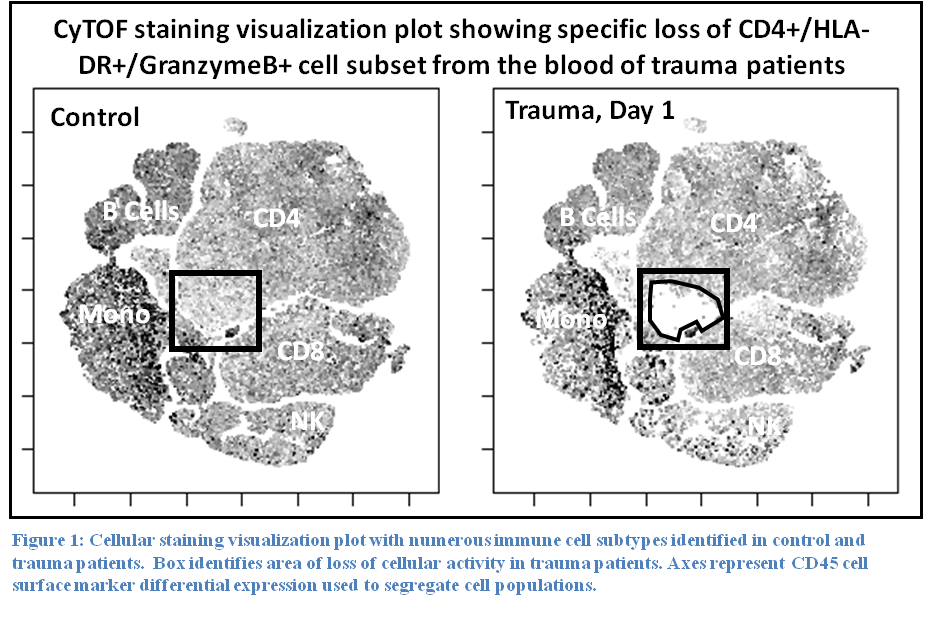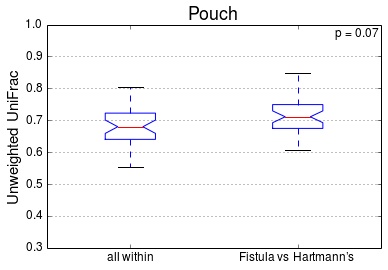J. M. Ladowski1, J. Tchervenkov3, J. Butler1, G. Martens1, M. Tector1, J. Blum2, J. Tector1 1Indiana University School Of Medicine,Transplant Surgery,Indianapolis, IN, USA 2Indiana University School Of Medicine,Microbiology/Immunology,Indianapolis, IN, USA 3Royal College Of Surgeons,Dublin, DUBLIN COUNTY, Ireland
Introduction: As the antibody barrier to clinical xenotransplantation is reduced, attention within the community will turn to cellular-mediated rejection. The direct recognition of swine leukocyte antigen (SLA) class II by PBMC may play a significant role in this rejection. To characterize the proliferative effect of SLA class II, human bulk PBMCs and isolated CD4+ T-cells were incubated with a SLA class II positive and negative adherent fibroblast cell line in a mixed lymphocyte reaction (MLR) variant. The proliferative response was observed through CFSE MLR staining. This novel adherent cell MLR assay allows for faster analysis of candidate antigens and therapeutics compared with studies using cells isolated from animal models for xenotranaplantation.
Methods: An aGal, SLA class I deficient cell line was transfected with a human version of class II transactivator (CIITA) and sorted via flow cytometry based on SLA class II expression. A positive and negative clone were selected as stimulators for a MLR containing human whole or CD4+ isolated PBMCs as the responder population. Responders were stained with carboxyfluorescein succinimidyl ester (CFSE) and monitored for proliferation via flow cytometry.
Results: The human transcription factor CIITA functions as an up-regulator of SLA class II, producing cells with constitutive and stable class II expression. Both whole and CD4+ isolated PBMCs incubated with fibroblasts lacking expression of SLA class II demonstrated considerably less proliferation (0.39 and 0.15% respectively) compared to responders incubated with SLA class II positive cells (1.73 and 1.22%) given the near identical proliferation seen in whole PBMC versus isolated CD4+ population.
Conclusion: This novel swine adherent cell MLR assay facilitates the analysis of cross-species reactivity using human PBMCs, providing for a new assay for xenotransplant study. The proliferation stimulated by SLA class II positive cells appears to predominately occur through direct recognition by CD4+ cells. This information will help focus immunosuppressant therapy in future clinical xenotransplantation.











